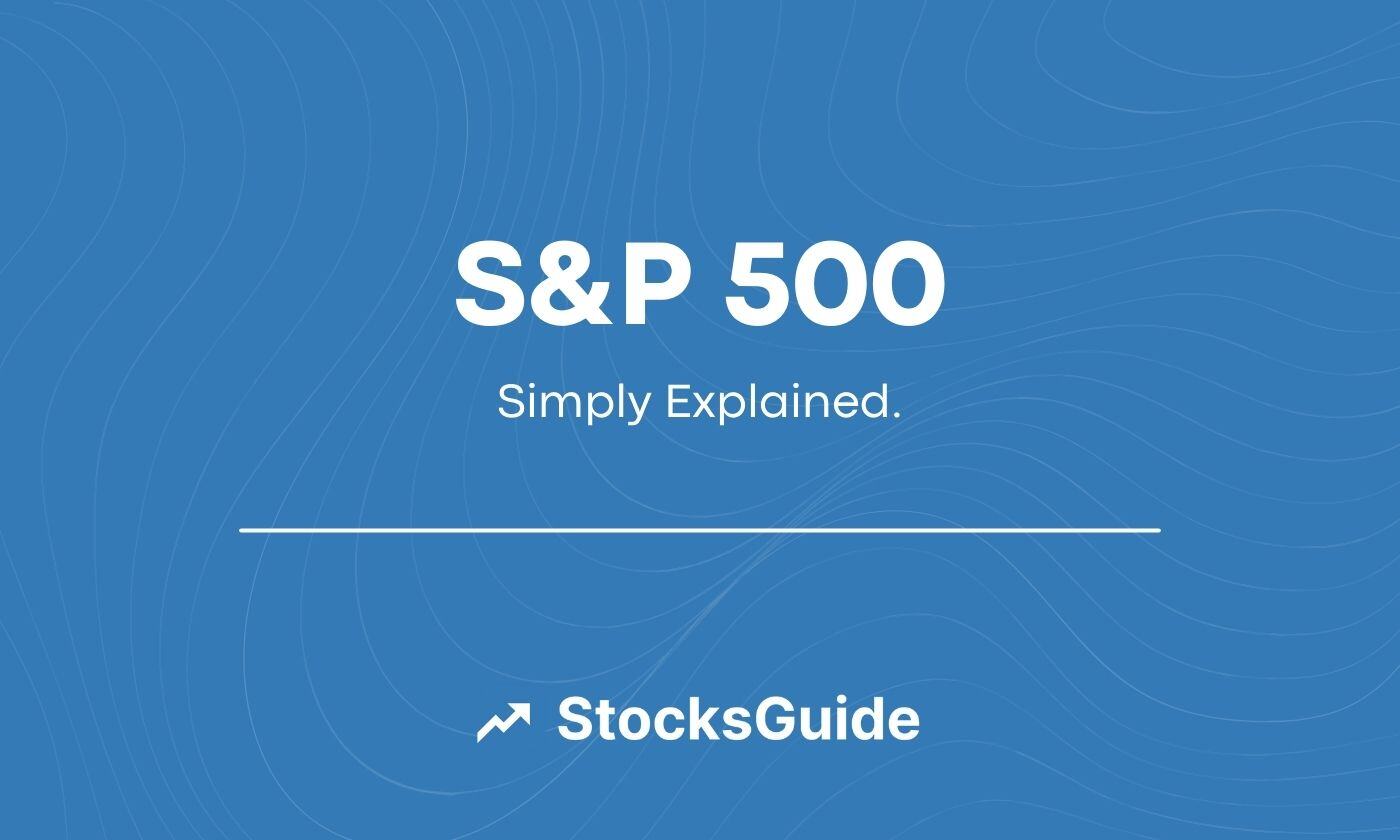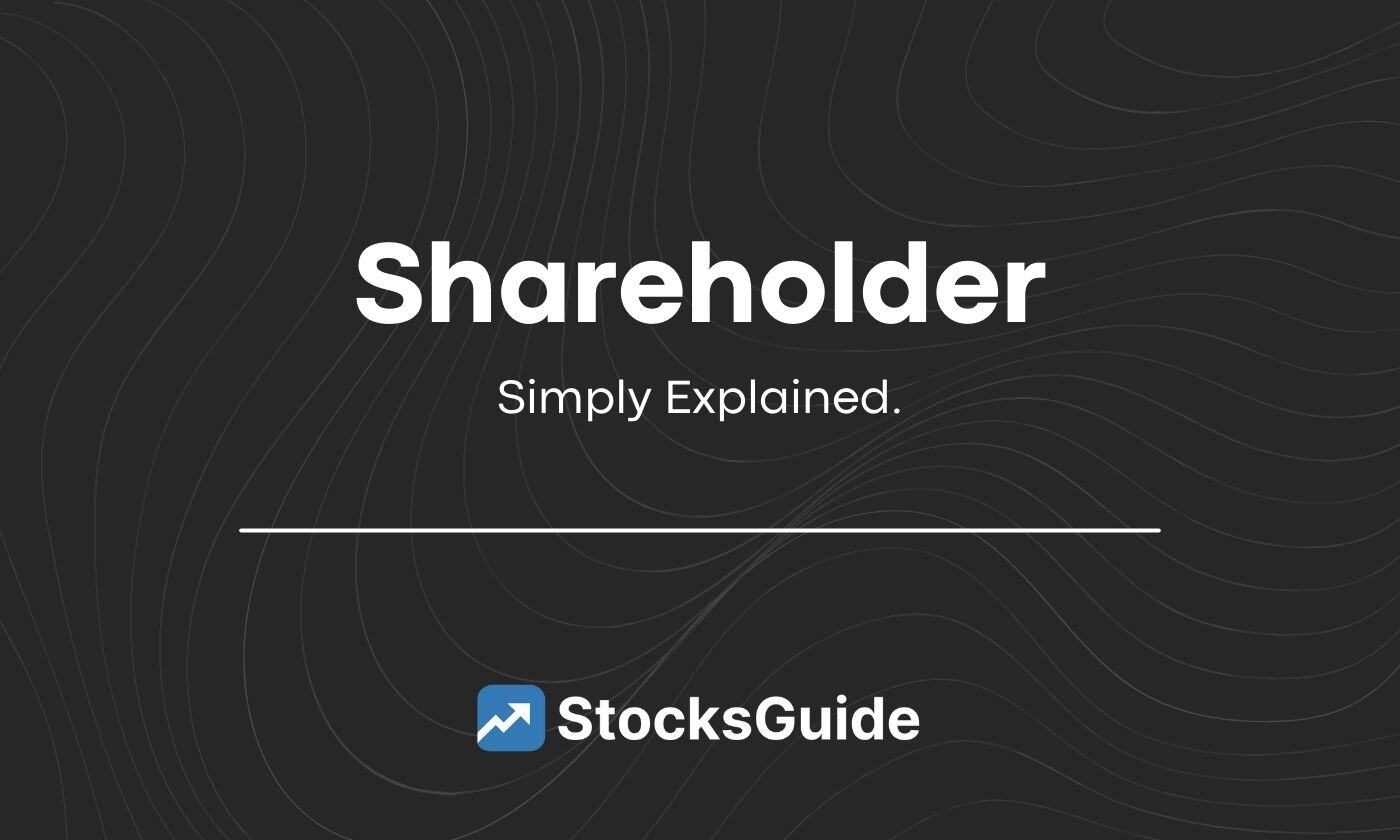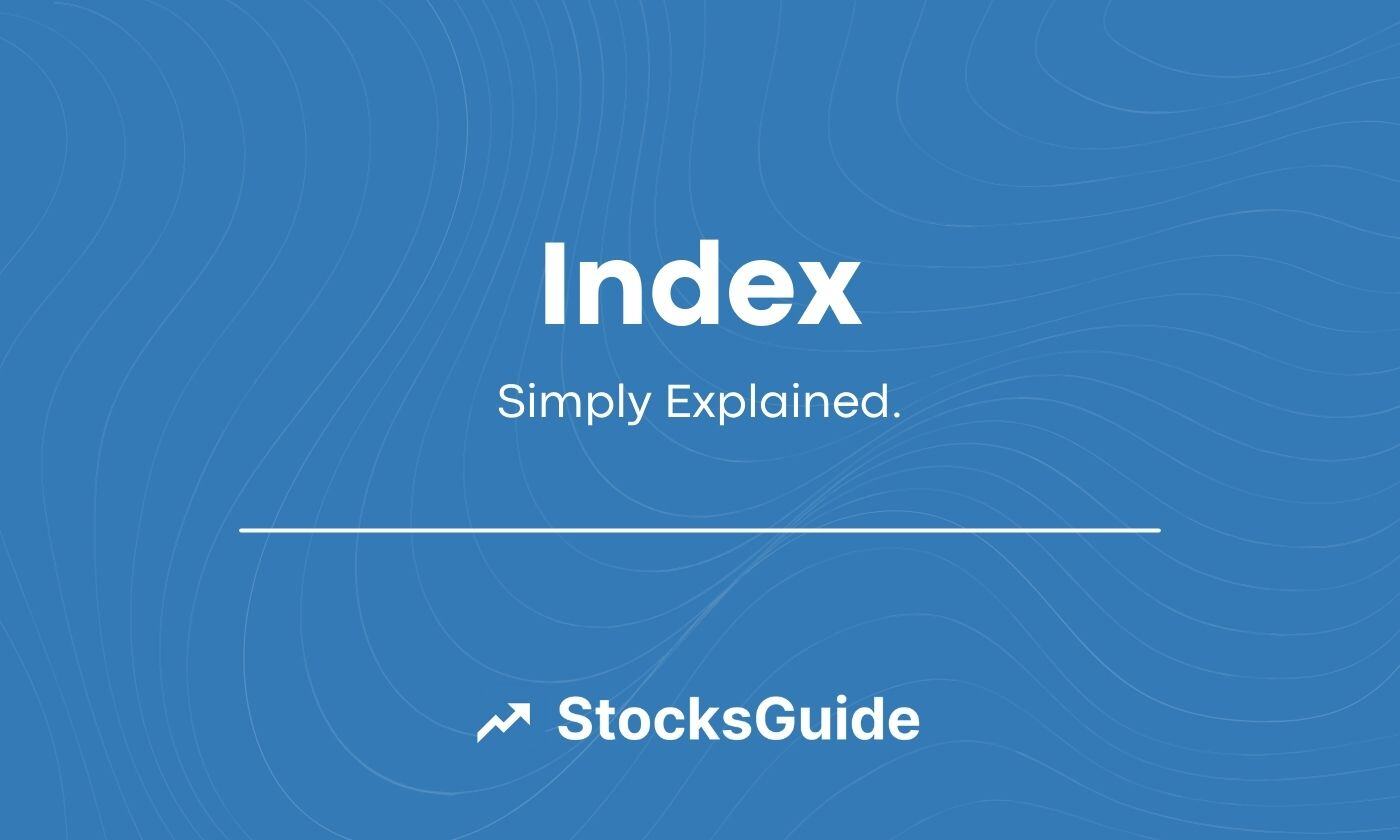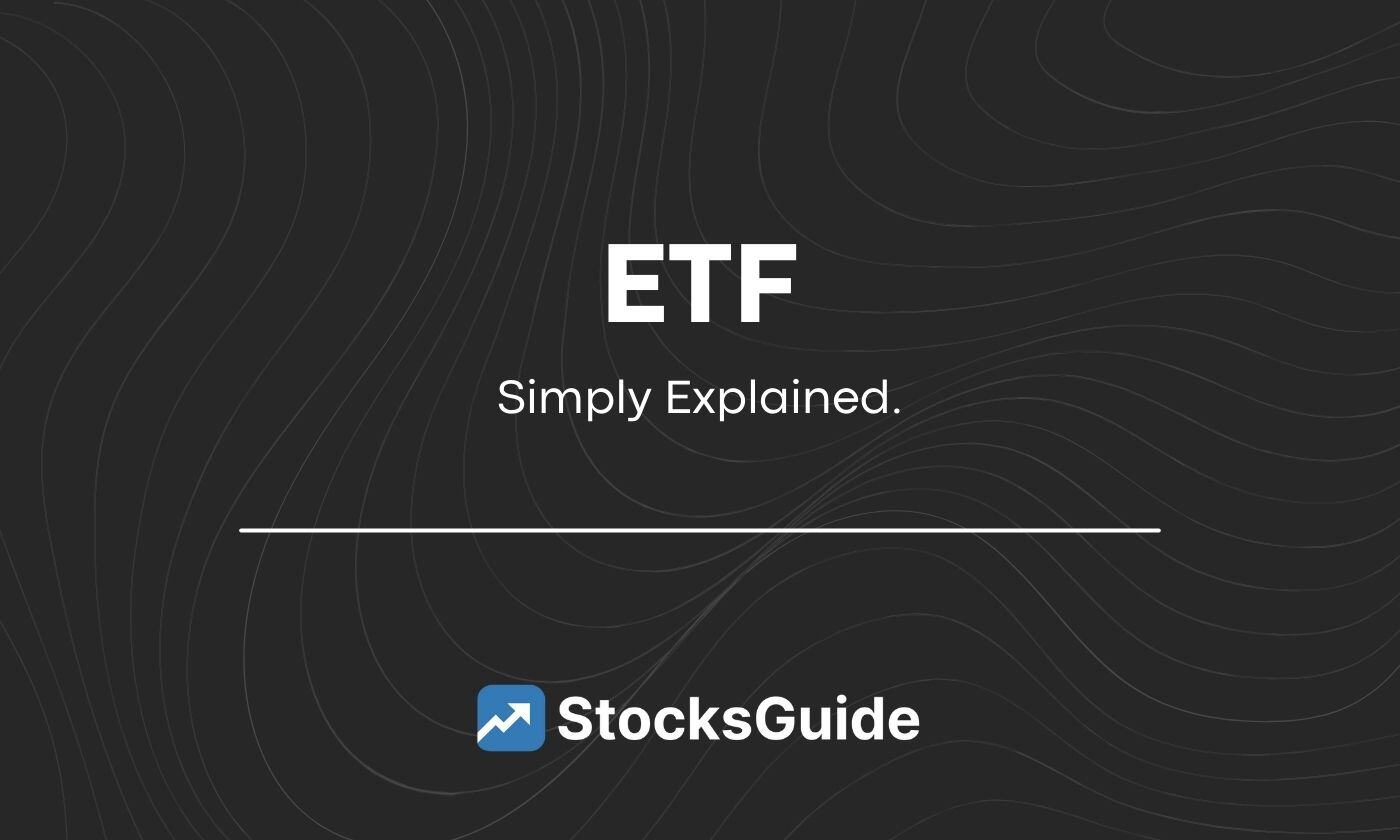Table of contents
What is the S&P 500?
The S&P 500 is a stock market index that measures the performance of the 500 largest companies by market capitalization in the United States. It is one of the most widely followed and used indices in the world, as it is a good indicator of the general state of the US economy. The development of the S&P 500 is also closely followed by financial experts, investors and the general public.
The S&P 500 is compiled and maintained by Standard and Poor's (S&P). It is based on the market capitalization of the 500 largest listed companies in the USA. The index is made up of a variety of sectors, including financials, technology, consumer staples and energy.
The performance of the S&P 500 is a good indicator of the overall performance of the US economy. If the S&P 500 rises, this is a sign that the US economy is in good shape and vice versa. The index is also used by fund managers as a benchmark for their investment strategies. The S&P 500 has seen a number of ups and downs over the years, but it has always generated a lot of interest among investors. The index is a good measure of the performance of the US economy and stock market and is used to make investment decisions.
What are the selection criteria?
The selection criteria for the S&P 500 include: a market capitalization of at least 13.1 billion US dollars, positive net income in the last quarter and a positive total return on a three- and six-month basis. In addition, the company must have a market capitalization of at least $8.2 billion and demonstrate a minimum trading volume of 250,000 shares per month in each of the six months prior to the valuation date. Finally, 50% of the shares must be publicly traded and it must be a US company.
Which shares are in the S&P 500?
The best-known companies in the S&P 500 include Apple, Microsoft, Amazon, Tesla, Coca-Cola, Johnson & Johnson and Walmart. These companies account for a large proportion of the market capitalization of the index, although there are many other companies in the index that are less well known but still have a significant impact on performance.
Other notable companies in the S&P 500 include Meta, Intel, Pfizer, Visa, Mastercard and AT&T. Taken together, these companies represent a diverse mix of industries and sectors that provide investors with broad exposure to the US equity market.
In addition to the large-cap stocks in the S&P 500, there are also many mid-cap and small-cap stocks in the index. These companies generally have a smaller market capitalization, but can still have a significant impact on the performance of the overall index. Examples of mid-cap and small-cap stocks in the S&P 500 include Camden National Corporation, Paramount Group and Lumen Technologies.




